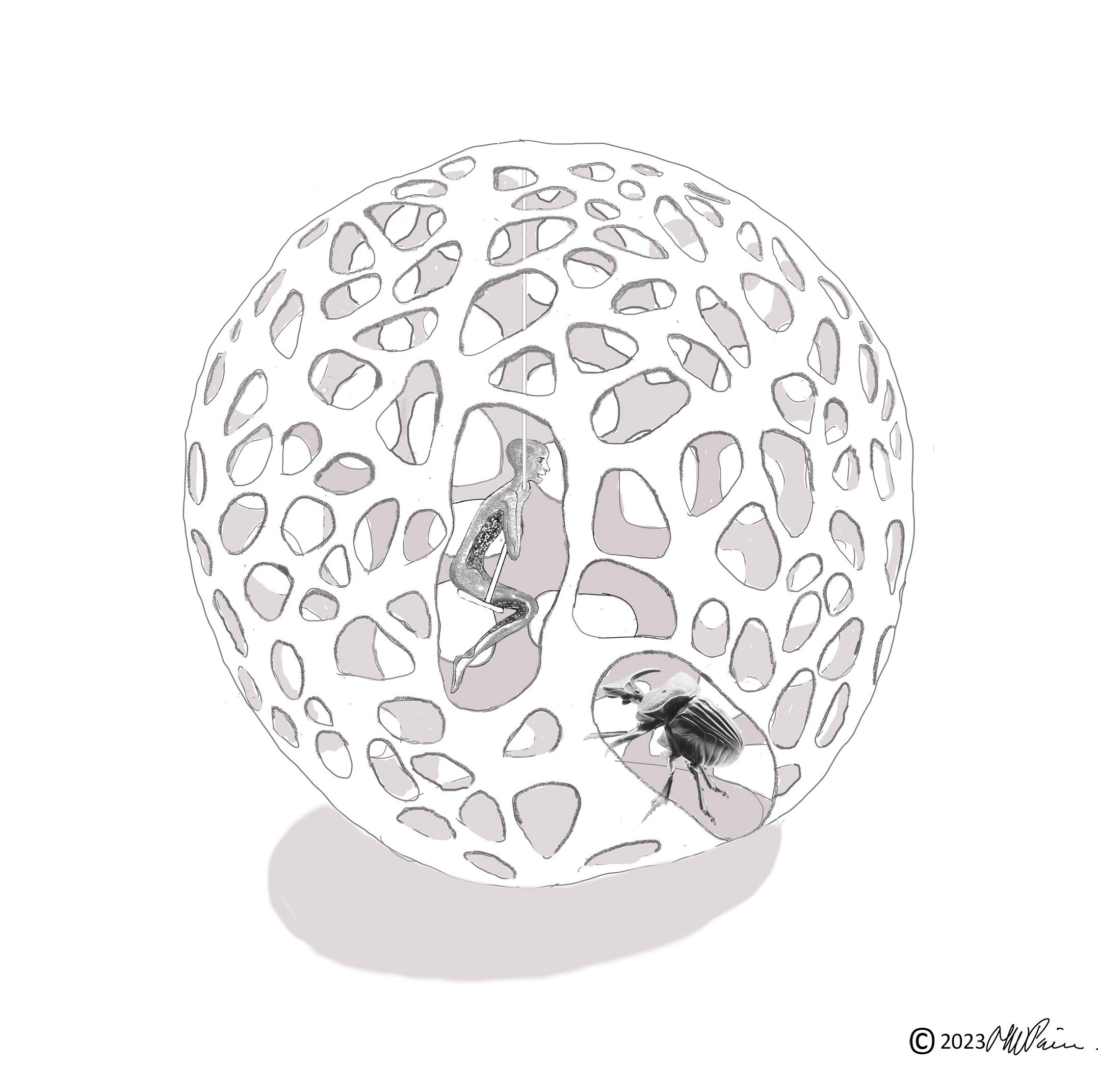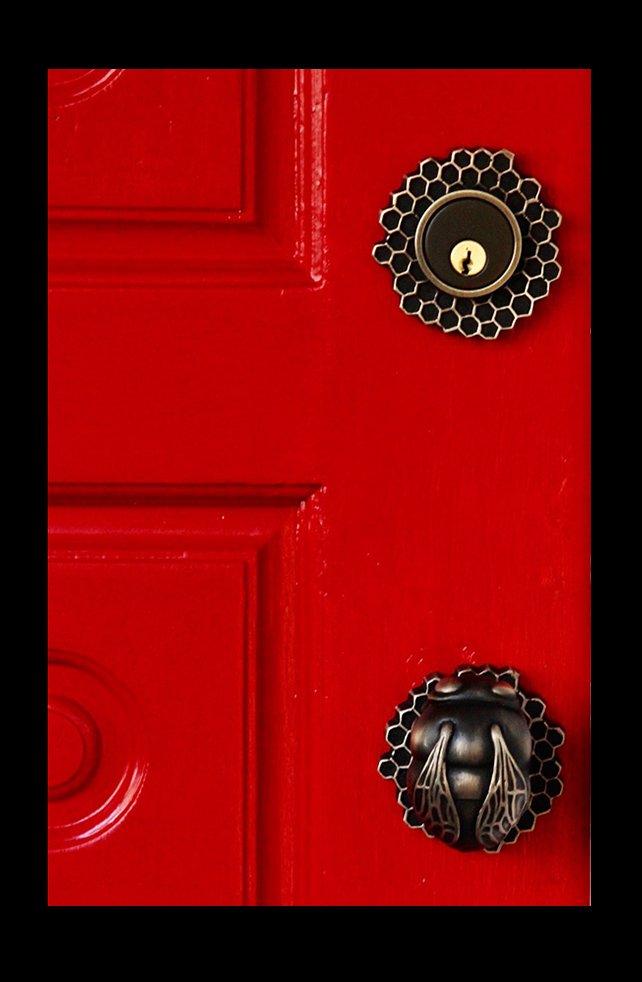The insect and humanoid collection of sculptures continues to evolve with new pieces in development. The additions are part of a narrative that will explain the relationship between the members of this fantasy realm and their lifestyles. The dung beetles’ ball building talent and the different uses the balls can be put to is the current focus. Not all dung beetles make dung balls or roll them and their different methods of building nests for eggs are a characteristic that separates and defines the different dung beetle species. Telecoprids shape dung into a ball and then roll it away from the dung source. Female telecoprids typically shape the dung into a big ball that is rolled to a brooding spot where she lays a single egg inside the ball. The brooding ball acts as a home and food source for the egg as it changes to a larvae and pupates to emerge as a young adult. Male telecoprids make smaller dung balls that they use as food for themselves and for their female mates but they also make larger balls to display their competence when seeking a female mate.
Most of the dung beetles in our fantasy world are based on telecoprids but the paracoprid or dwelling dung beetles and the endocoprid or tunnelers and their social burrowing ways have clearly impacted our telecoprids as they re-purpose their dung balls.
The concept drawing here is showing a humanoid on a swing with a young adult beetle inside a repurposed dung ball that has become the creche for young creatures. This will become a bronze sculpture soon and Martin has begun sculpting the ball pattern. The new piece will be smaller than the bronze ball that is available with a female telecoprid.
The telecoprid female rolls her brood dung ball, a feat that shows her engineering skills , navigational aptitude and formidable strength.





